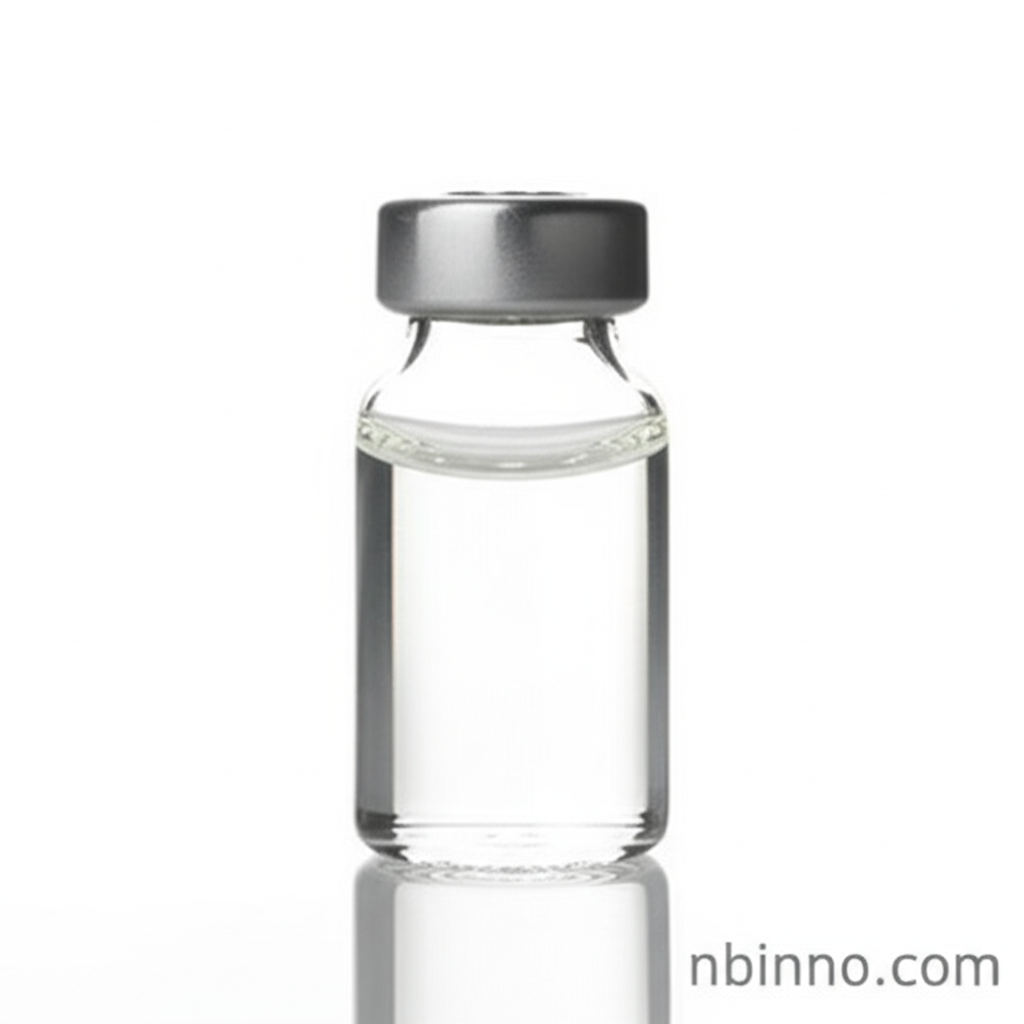3-Phenylpropanal: A Versatile Aromatic Aldehyde
Explore the applications of 3-Phenylpropanal in fragrance, flavor, and chemical synthesis.
Get a Quote & SampleProduct Core Value

3-Phenylpropanal
3-Phenylpropanal, also known as hydrocinnamaldehyde, is a highly valued aromatic aldehyde primarily recognized for its unique scent profile. Its chemical structure and properties make it a staple in both the fragrance and flavor industries, contributing characteristic notes to various products.
- Discover the various uses of 3-phenylpropanal in modern formulations, ranging from fine perfumes to consumer goods.
- Delve into the distinct chemical properties of 3-phenylpropanal, understanding its molecular structure and reactivity.
- Learn about the established applications of 3-phenylpropanal in the fragrance industry, adding fresh, floral, and melon notes.
- Explore opportunities to buy 3-phenylpropanal for your specific chemical synthesis needs.
Key Advantages
Aromatic Versatility
Leverage the pleasant green, floral, and melon aroma of 3-phenylpropanal, a key 3-phenylpropanal use that enhances product appeal in the flavor and fragrance sectors.
Chemical Synthesis Building Block
Utilize 3-phenylpropanal as a versatile chemical intermediate for complex organic synthesis, enabling the creation of specialized compounds.
Industry Proven Quality
Source high-purity 3-phenylpropanal, often available at 99% or higher purity, ensuring consistent performance in your applications and providing reliable hydrocinnamaldehyde applications.
Key Applications
Fragrance Formulations
The appealing scent profile makes 3-phenylpropanal a sought-after component in perfumes, colognes, and air care products, contributing fresh and floral notes.
Flavor Enhancements
As a RIFM flavor ingredient, 3-phenylpropanal is used to impart specific taste nuances in a variety of food and beverage products.
Chemical Synthesis Intermediate
Its reactive aldehyde group makes 3-phenylpropanal a valuable building block for synthesizing more complex organic molecules and specialty chemicals.
Pest Control Applications
Explore the use of phenylpropyl aldehyde in agricultural settings, specifically as an ingredient in acaricides and as an effective fly attractant.
